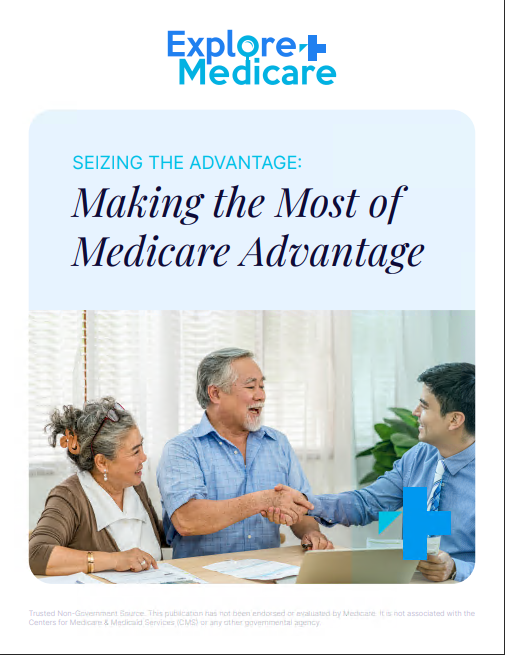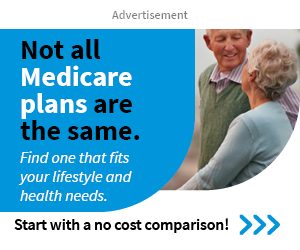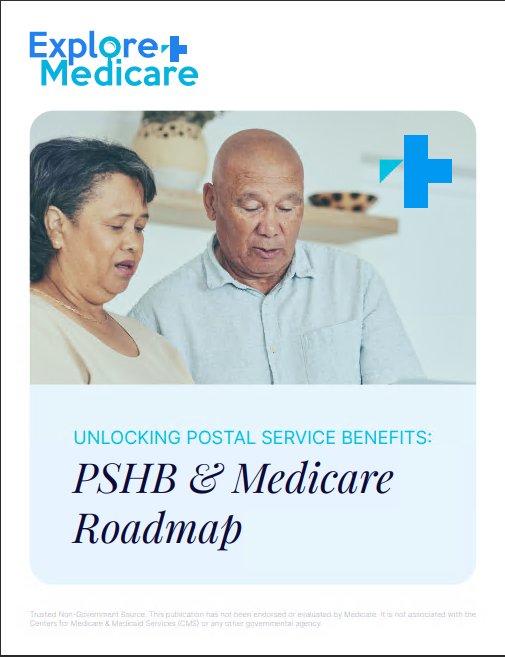Key Takeaways:
-
The Medicare Part D donut hole no longer exists as of 2025, but understanding the prescription drug coverage phases remains essential for managing costs effectively.
-
A $2,000 cap on out-of-pocket drug costs now ensures beneficiaries have predictable expenses and better financial protection.
What Changed for the Donut Hole in Medicare Part D?
The Medicare Part D donut hole, or coverage gap, has been officially eliminated as of January 1, 2025. Now, prescription drug coverage includes three simplified phases: the deductible phase, the initial coverage phase, and the catastrophic coverage phase. Understanding these stages is crucial for effectively managing your prescription drug costs.
The removal of the donut hole marks a significant improvement in Medicare’s efforts to make drug costs more predictable and manageable for beneficiaries. With a $2,000 annual cap on out-of-pocket drug expenses, beneficiaries no longer face sudden cost spikes, ensuring a smoother financial experience.
How Medicare Part D Works in 2025
Medicare Part D now consists of three phases, each with unique cost-sharing rules:
1. Deductible Phase
At the beginning of the year, you’re responsible for the full cost of your medications until you meet your plan’s annual deductible. For 2025, this deductible can be as high as $590, depending on your specific Part D plan. Once the deductible is met, you move to the next phase.
2. Initial Coverage Phase
During this phase, you pay a copayment or coinsurance for your medications, while your plan covers the rest. This phase lasts until the total cost of your prescriptions—including what you and your plan pay—reaches $5,030 in 2025. For many beneficiaries, this is the longest and most stable phase of coverage.
3. Catastrophic Coverage Phase
Once your out-of-pocket costs reach $2,000 in 2025, you enter the catastrophic coverage phase. At this point, your Part D plan covers 100% of covered prescription drug costs for the rest of the year, providing comprehensive financial protection.
Why the $2,000 Cap Matters
The introduction of a $2,000 cap on out-of-pocket drug costs in 2025 is a game-changer for Medicare beneficiaries. This policy eliminates the financial uncertainty that previously accompanied the coverage gap. It’s particularly beneficial for those requiring high-cost or ongoing medications, as it provides a clear limit to yearly spending.
Timing Your Prescription Costs
Your progression through the Medicare Part D phases depends on how quickly you and your plan reach the specified spending thresholds. Beneficiaries who require expensive medications may reach the catastrophic coverage phase early in the year, while others may remain in the initial coverage phase for most or all of the year. Being mindful of your spending throughout the year helps you budget effectively and plan for potential changes.
Strategies to Manage Prescription Costs
While Medicare Part D’s structure has improved, proactive steps can further help you control your prescription drug costs:
1. Plan Ahead
-
Review your Part D plan’s formulary annually to understand coverage details for your medications.
-
Work with your doctor to explore lower-cost generic alternatives when available.
-
Budget for potential out-of-pocket expenses early in the year.
2. Apply for Extra Help
Medicare’s Extra Help program provides financial assistance to eligible beneficiaries with limited income and resources. This program covers premiums, deductibles, and copayments, reducing or even eliminating out-of-pocket costs for many participants.
3. Use Mail-Order Pharmacies
Many plans offer savings for ordering a 90-day supply of medications through mail-order pharmacies. This option not only saves money but also ensures a steady supply of your medications.
4. Explore State Assistance Programs
State Pharmaceutical Assistance Programs (SPAPs) may provide additional support for prescription drug costs. Eligibility and benefits vary by state, so check with your local agency for details.
5. Track Spending
Keeping a close eye on your prescription spending helps you anticipate when you’ll reach the catastrophic coverage phase. Digital tools provided by your Part D plan can simplify this process and provide valuable insights.
Additional Cost-Saving Resources
To further manage your prescription drug costs, consider the following tools:
Medicare Plan Finder
The Medicare Plan Finder tool allows you to compare Part D plans based on your medication needs, helping you identify the most cost-effective options.
Pharmacy Discounts and Coupons
Ask your pharmacist about discounts or coupons available for your medications. These savings can sometimes be applied alongside your Part D benefits, reducing out-of-pocket costs even further.
Prescription Discount Cards
Although separate from Medicare, prescription discount cards can lower the cost of non-covered medications. Check with your pharmacist to see if these cards are compatible with your prescriptions.
Staying Informed About Medicare Part D
To make the most of your Medicare Part D coverage, it’s essential to stay informed and proactive:
Review Your Annual Notice of Change (ANOC)
Each fall, your Part D plan sends an ANOC outlining changes to premiums, benefits, and other key details for the upcoming year. Reviewing this document ensures you’re aware of any updates and can adjust your plan if needed.
Participate in Open Enrollment
Medicare’s Open Enrollment Period, running from October 15 to December 7, allows you to switch plans or make changes to better suit your needs. Reviewing your options during this time is critical for optimizing your coverage.
Seek Guidance
If you have questions about your coverage, reach out to Medicare’s helpline or consult your State Health Insurance Assistance Program (SHIP) for personalized advice.
Ready for a Better Medicare Experience?
The elimination of the Medicare Part D donut hole in 2025 simplifies prescription drug coverage and provides better financial protection for beneficiaries. By understanding the updated coverage phases, leveraging available resources, and planning ahead, you can navigate your Medicare Part D plan with confidence and enjoy a more secure healthcare experience.










